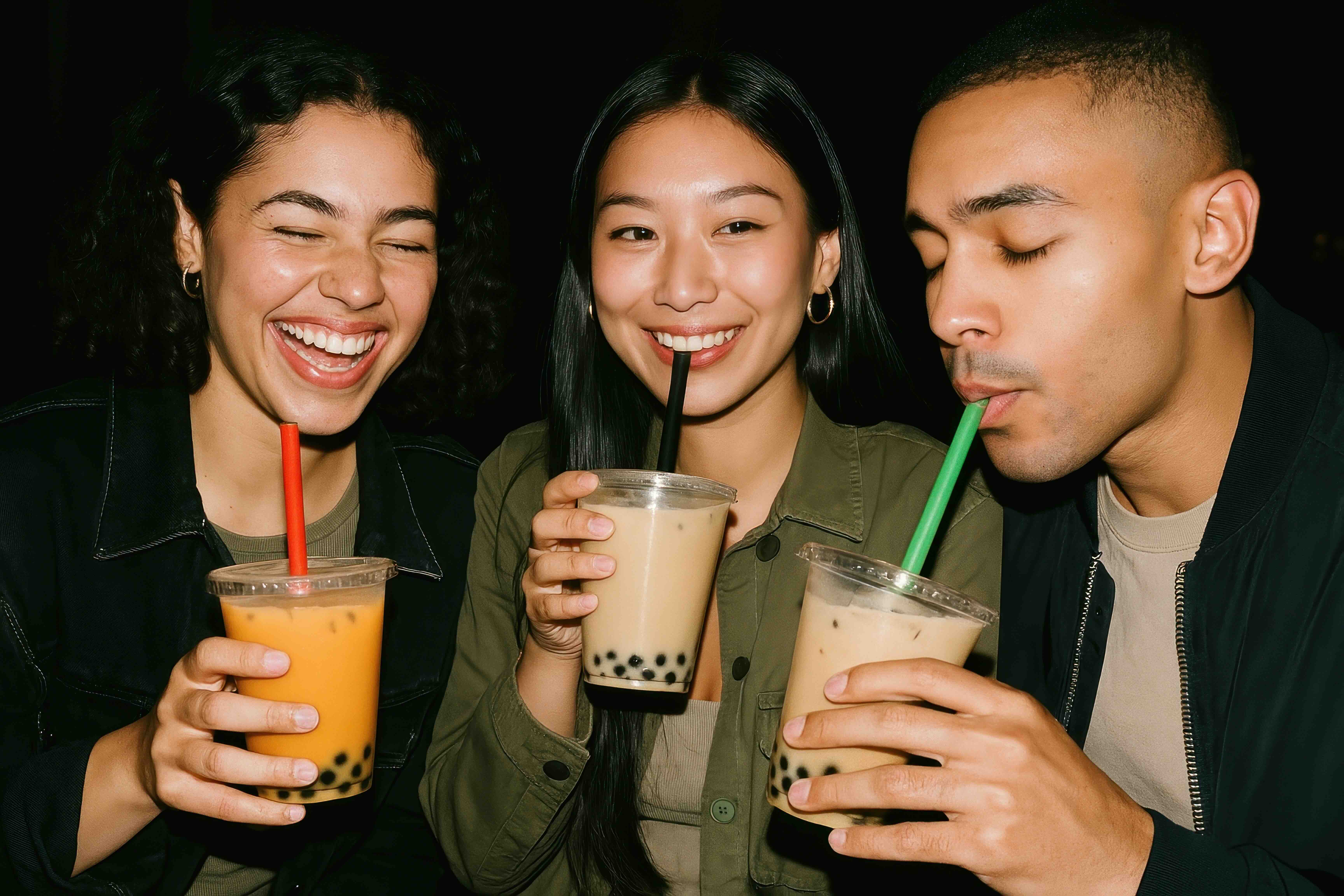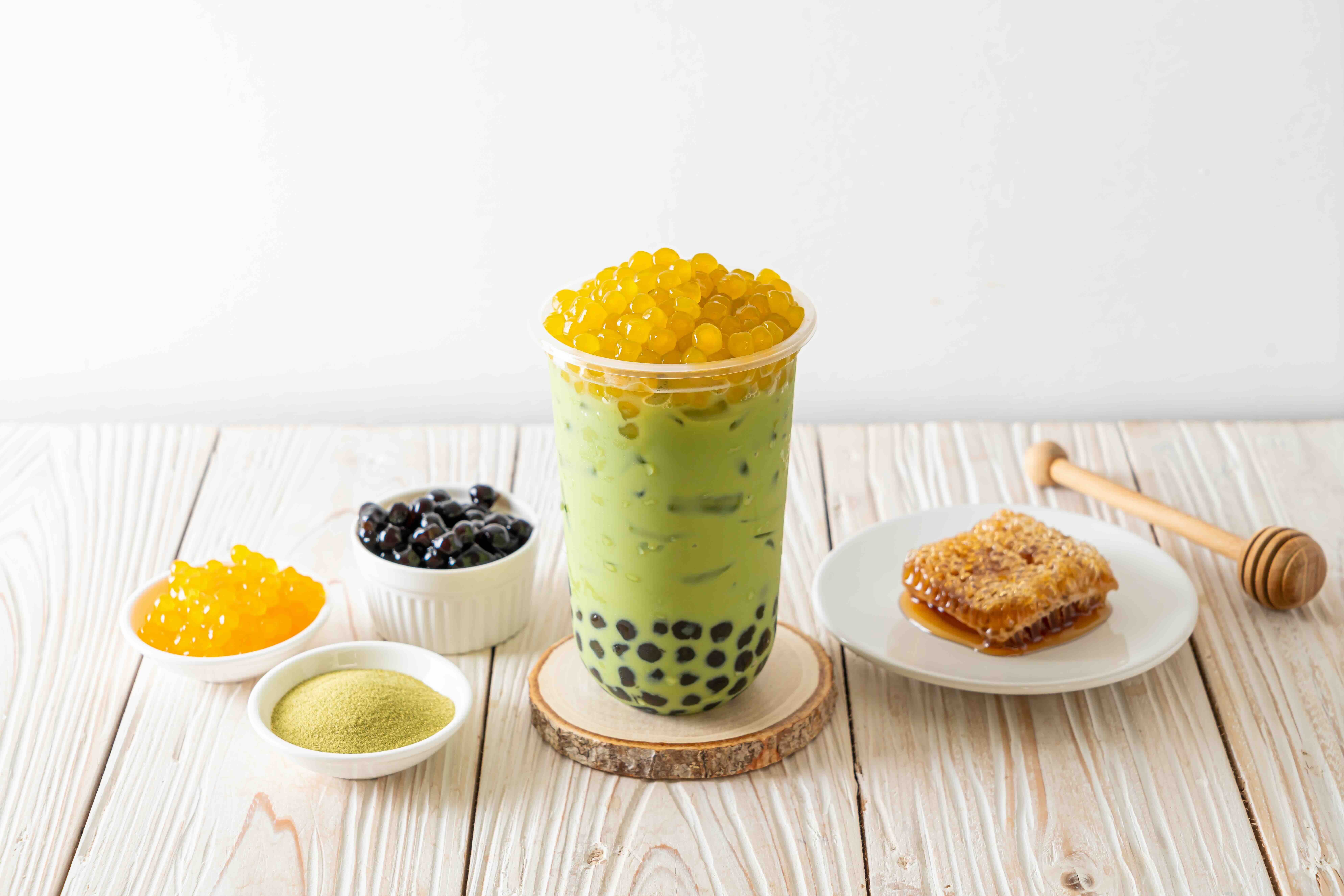How Bubble Tea Became a Global Trend
This article unpacks the phenomenon, from its origins to future trends, offering valuable insights for enthusiasts and entrepreneurs.

Contents
- The Bubble Tea Phenomenon
- Origins of Bubble Tea in Taiwan
- Key Ingredients and Unique Bubble Tea Texture
- Bubble Tea Customization and Menu Variety
- Social Media Influence on Bubble Tea Trend
- Global Bubble Tea Expansion Through Franchising
- Essential Equipment for Bubble Tea Shops
- Staff Training for Consistent Bubble Tea Quality
- Streamlining Operations with Bubble Tea POS
- Future Trends and Opportunities in Bubble Tea
- Ready to Ride the Boba Wave
The Bubble Tea Phenomenon
Bubble tea, also known as boba tea, is a teabased beverage that combines brewed tea, milk or fruit flavors, and chewy tapioca pearls (Bubble tea). What began as a local curiosity in Taiwan has exploded into a global craze: according to Grand View Research, the worldwide bubble tea market was valued at USD 2.5 billion in 2020 and is projected to grow at a CAGR of 8.9% through 2028. For F&B entrepreneurs, bubble tea offers a case study in how novelty, customization, and savvy marketing can drive rapid revenue growth.
Origins of Bubble Tea in Taiwan
Bubble tea traces its roots to Taichung, Taiwan, in the early 1980s. Tea house owner Liu Han-Chieh first served cold tea to beat the heat, and in 1988 employee Lin Hsiu-Hui added tapioca pearls, creating the first bubble tea mash-up. Early vendors tested flavors, prototypes and toppings in local cafés, gathering instant customer feedback. Lesson for entrepreneurs: start with small-batch innovations, listen closely to guests and refine offerings before scaling.
Key Ingredients and Unique Bubble Tea Texture
The hallmark of bubble tea is its contrasting textures. Tapioca pearls—made from cassava starch—deliver a signature chewiness that turns every sip into a playful experience. Beyond pearls, shops layer in popping boba, fruit jellies, pudding cubes and flavored syrups to broaden the mouthfeel spectrum. This sensory variety drives repeat visits as customers chase new textural pairings.
Bubble Tea Customization and Menu Variety
One reason bubble tea endures is its high degree of personalization:
-
Sugar levels (0–100%) adjust sweetness to taste.
-
Ice levels (none to extra) let guests control dilution.
-
Base options include dairy milk, almond, soy, oat or coconut milk.
Seasonal specialities—such as mango winter melon tea or pumpkin spice milk tea—create urgency. Tip for operators: balance a diverse, Instagram-worthy menu with streamlined prep workflows to avoid over-complexity.
Social Media Influence on Bubble Tea Trend
Visually striking drinks fuel organic sharing on Instagram, TikTok and Facebook. Brands launch limited-edition cups, animated stickers and hashtag challenges (for example, #BobaArt) to boost engagement. Key tactics:
-
Collaborate with micro-influencers for authentic product demos.
-
Encourage user-generated content via contests and reposts.
-
Use geotag filters so photos tie back to your store location.
Global Bubble Tea Expansion Through Franchising
Franchising has been the catalyst for bubble tea’s global footprint. Leading chains demonstrate the power of standardized systems:
-
Gong Cha, founded in 2006, operates over 1,300 outlets across more than 20 countries.
-
Chatime, launched in 2005, runs 1,000+ locations in 38 countries.
-
Coco Fresh Tea & Juice, established in 1997, boasts over 4,000 stores globally, with a strong presence across Asia, North America, and Europe.
Franchisees benefit from established supply chains, training programs and brand guidelines. Advice for prospective partners: prioritize site selection based on foot traffic, demographic fit and local taste preferences.
Read more: 6 Important Restaurant POS Features That Are Often Overlooked (eats365pos.com)

Essential Equipment for Bubble Tea Shops
Outfitting a bubble tea shop requires specialized tools:
-
Commercial tea brewers or boilers
-
Precision shakers and blenders
-
Cup sealers for spill-proof service
-
Refrigeration units for ingredients and toppings
-
Point-of-sale (POS) terminals with inventory tracking
Evaluate suppliers based on reliability records, maintenance support and warranty terms. While upfront costs can reach USD 10,000–15,000 for basic setups, proper equipment delivers consistent quality and reduces waste, accelerating ROI over time.
Staff Training for Consistent Bubble Tea Quality
Replicable quality is rooted in rigorous training:
-
Standardize recipes with exact measurements for tea, milk and sweeteners.
-
Conduct hands-on demonstrations and taste-test drills.
-
Schedule refresher courses monthly to reinforce best practices.
-
Coach baristas on upselling add-ons (e.g., boba upgrades) and friendly guest interactions.
Well-trained teams minimize preparation errors and elevate the customer experience.
Streamlining Operations with Bubble Tea POS
A modern POS goes beyond payment processing:
-
Order accuracy and faster ticket times
-
Real-time inventory tracking to flag low-stock ingredients
-
Sales analytics dashboard for best-seller and margin insights
-
Loyalty-program integration to boost repeat business
-
Digital-payment and delivery-platform connections
For example, a downtown bubble tea shop integrated its POS with third-party delivery services, cutting manual entry errors and improving order turnaround times during peak hours.
Read more: Choosing the Best POS System for Quick Service Restaurants (eats365pos.com)
Future Trends and Opportunities in Bubble Tea
Looking ahead, several trends will shape bubble tea’s next chapter:
-
Health-focused formulations: low-sugar syrups, antioxidant-rich tea blends and functional add-ins such as collagen or probiotics.
-
Plant-based dairy alternatives continue to expand menu appeal.
-
Tech-enabled experiences: mobile ordering apps, AI-driven flavor recommendations and contactless payment.
-
Sustainable packaging: according to a Nielsen survey, 73% of global consumers say they would change consumption habits to reduce environmental impact.
Entrepreneurs who embrace these shifts will be poised to ride bubble tea’s next wave of growth.
Ready to Ride the Boba Wave?
The global bubble tea phenomenon is more than just a fad - it's a thriving industry ripe with opportunity. To capitalize on this trend, F&B entrepreneurs need a robust POS system that streamlines operations, boosts efficiency and enhances the customer experience. Eats365's cloud-based POS, with its online ordering system, inventory management, and customer loyalty program features, is the perfect solution to help your bubble tea business thrive. Contact Eats365 today to learn how we can help you conquer the boba market.